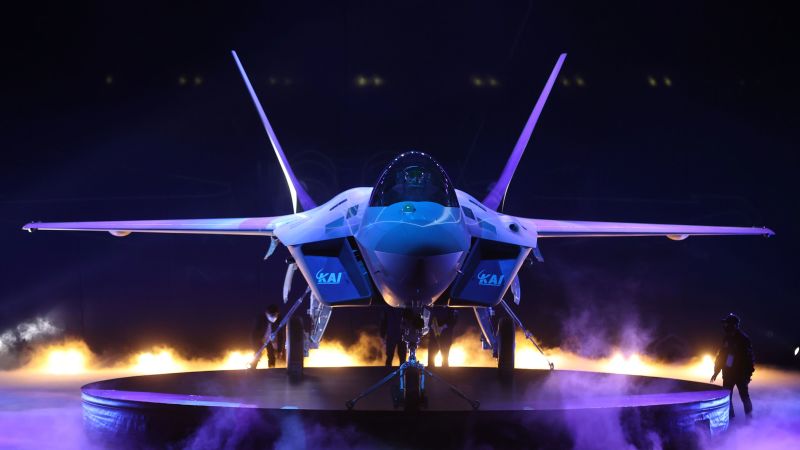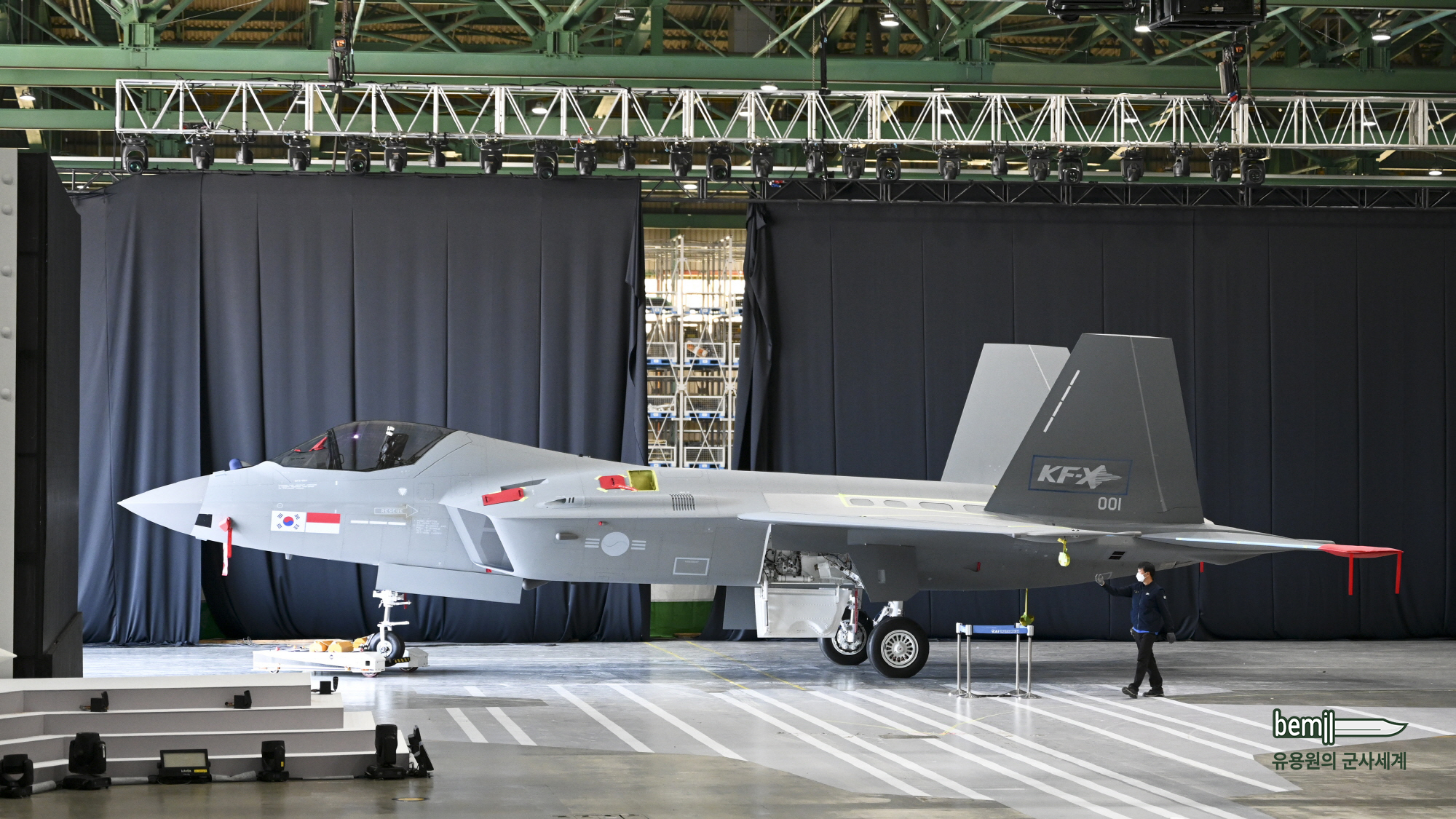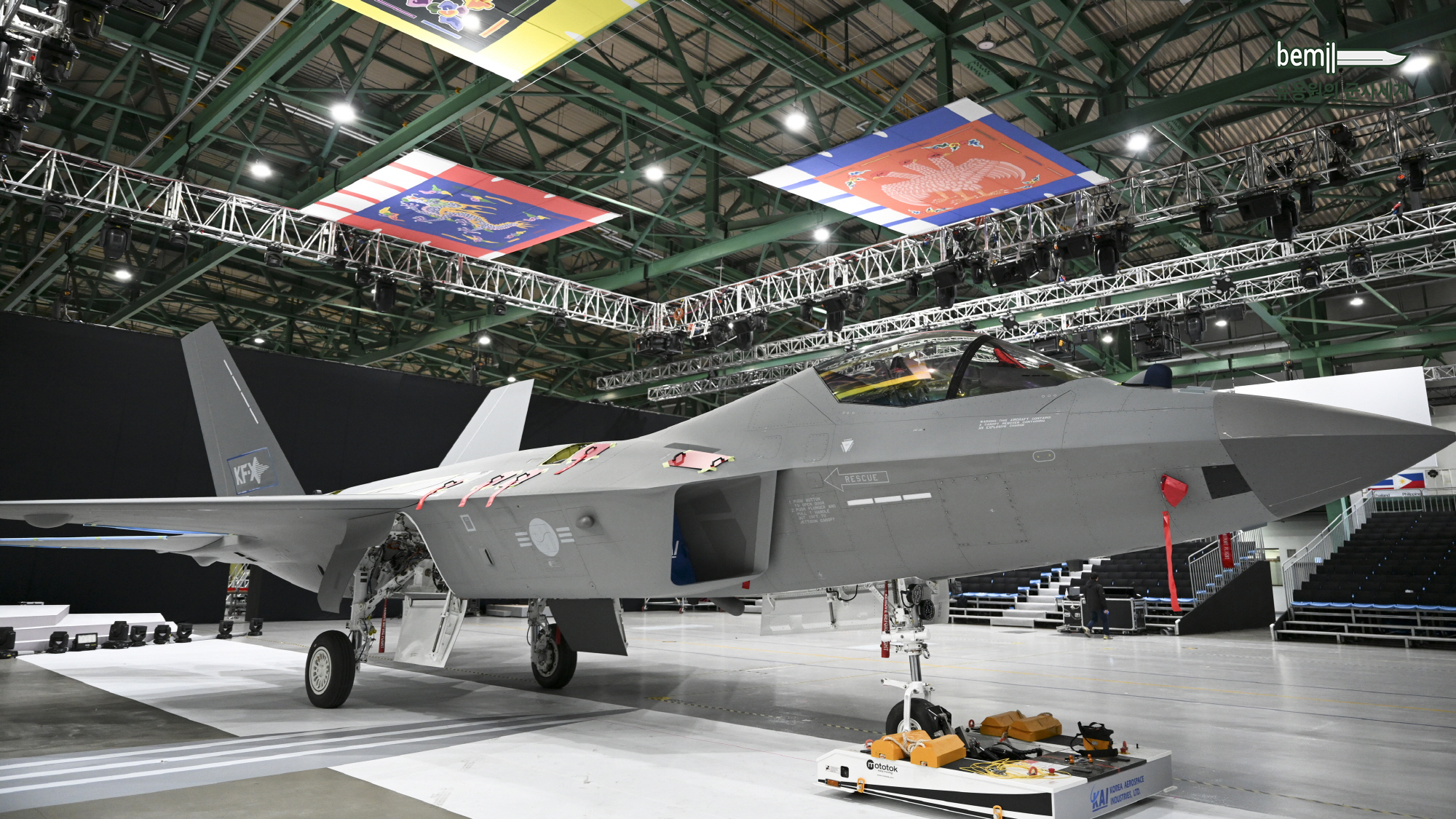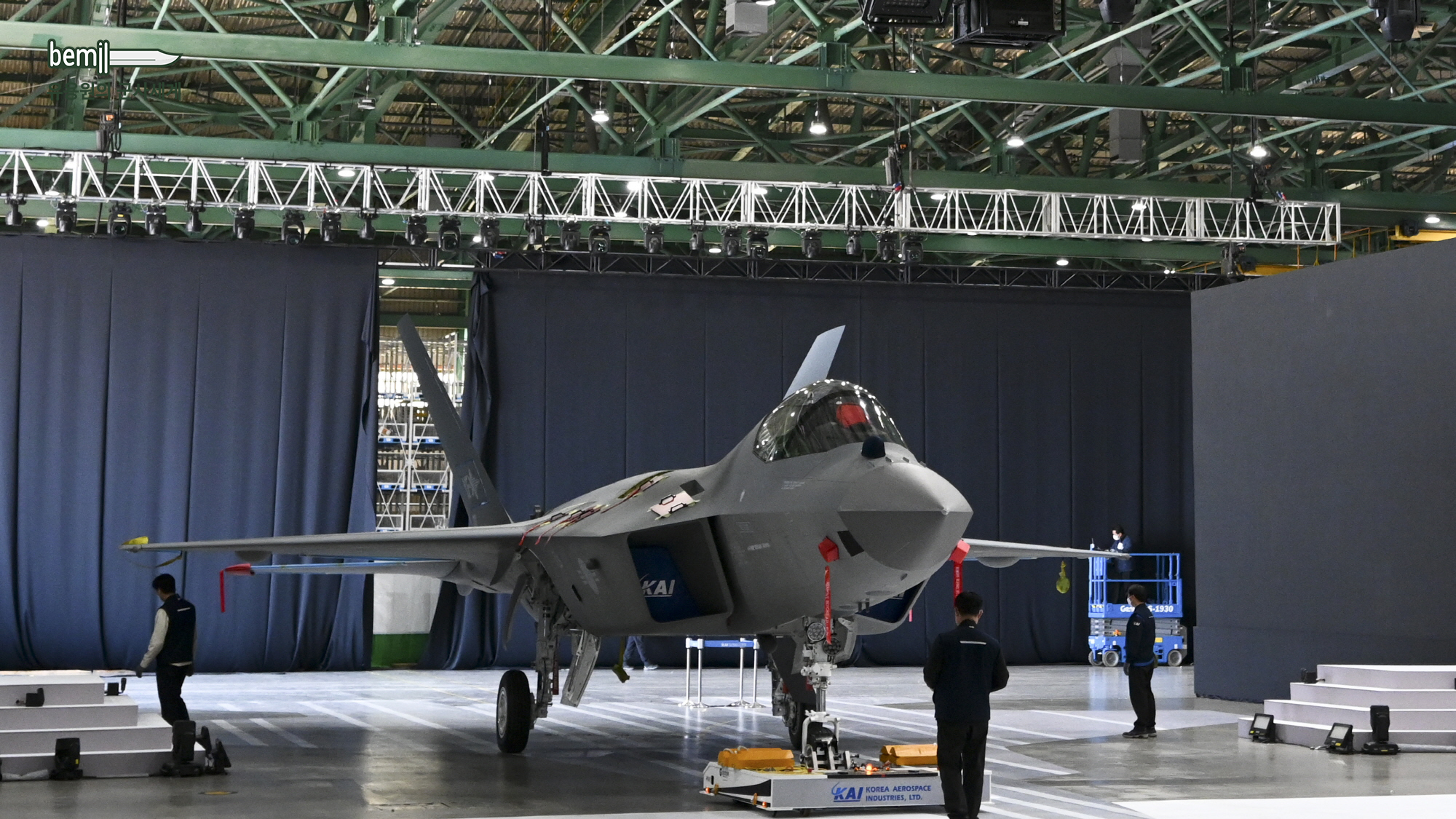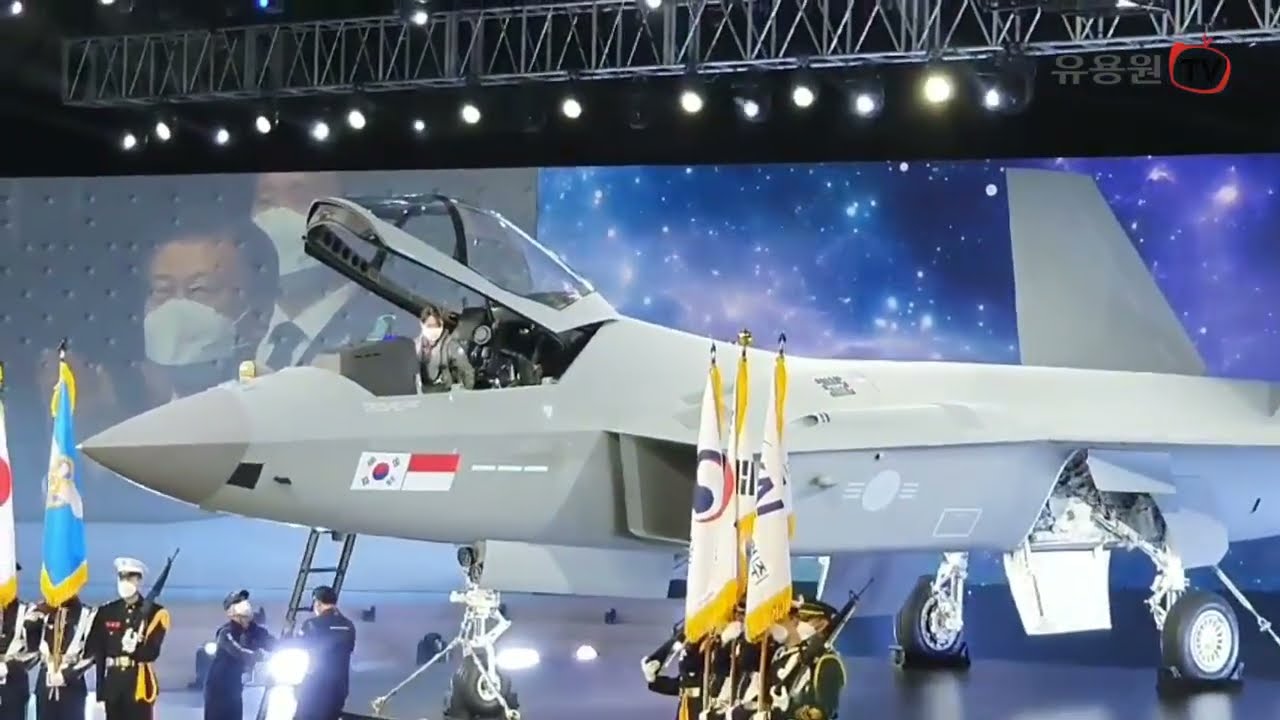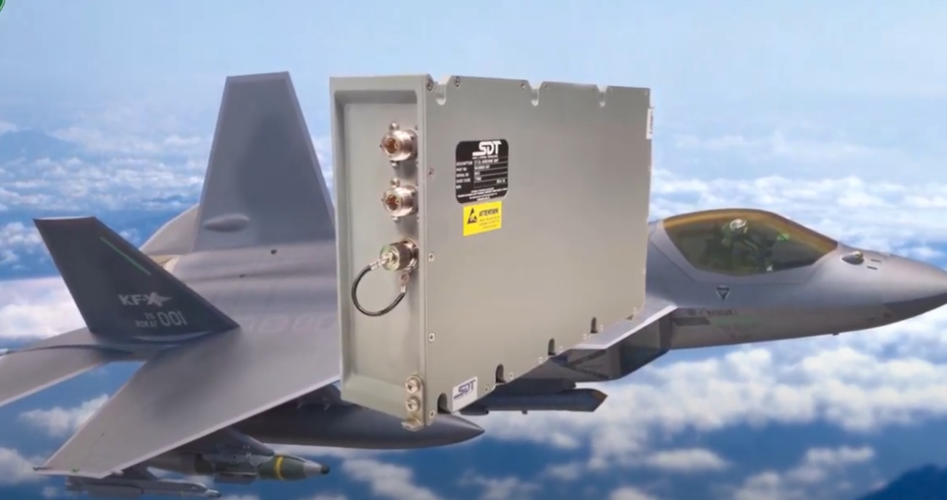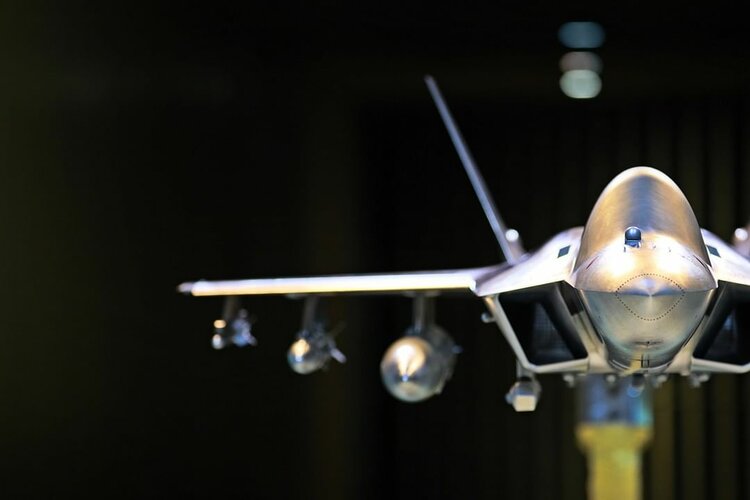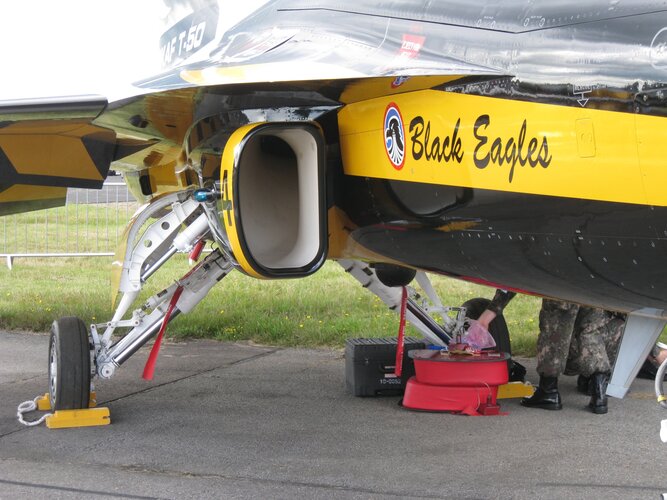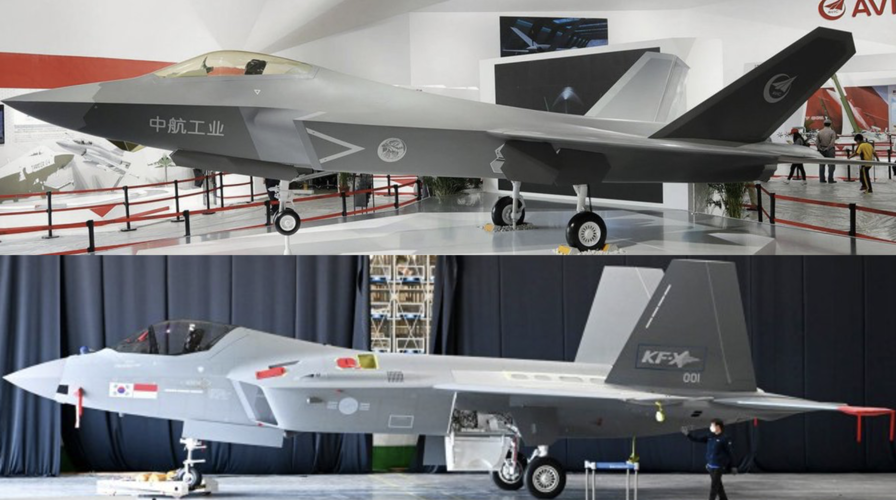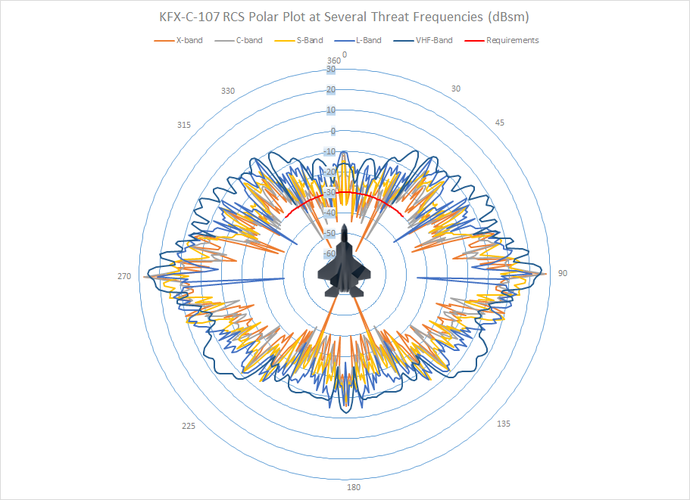- Joined
- 29 November 2010
- Messages
- 1,695
- Reaction score
- 3,184
With a maximum payload of 7,700 kilograms, the new warplane will have 10 pods for air-to-air missiles and other weapons, capable of flying at 2,200 kph with a flying range of 2,900 km.
The first flight test is scheduled for 2022, with the entire development set to be completed by 2026.
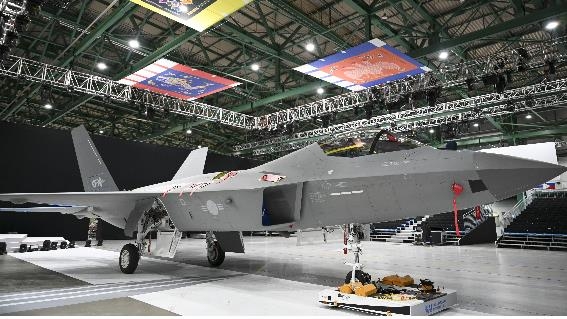
S. Korea unveils prototype of first homegrown fighter aircraft | Yonhap News Agency
By Choi Soo-hyang SEOUL, April 9 (Yonhap) -- South Korea on Friday unveiled a prototype ...m-en.yna.co.kr
it puts it roughly in the same category as Rafale and Typhoon, but has less pylons and maybe less maximum payload
however it has the potential to use its internal bays for stealthier carriage. Based on the cutaway pics, the block 1 still has those bays (its just covered by the semi-recessed panels) and some one here said block 1 can be converted to block 2.
as for conflict with F-35 sales.. while I think there is some overlap in market.. overall I feel that the KF-21 could thrive in
(for the lack of a better word..) B-tier US allies.
Places where the US maintains good or working relations, but not super close, not enough to warrant selling the F-35 there.
So Iraq makes sense, Argentina (if they can get around UK parts), perhaps India?
Turkey would perhaps fit. maybe even Vietnam?
The problem isnt so much competition with F-35. its competition with advanced F-16 and F-15 models, which is what the US is likely to export to countries they don't quite trust with the F-35 but still wanna sell something.
and of course it potentially competes with Rafale, Gripen and Eurofighter too.
One disadvantage of KF-21 is that combat aircraft sales usually isnt just about the aircraft itself, but about defense ties and relations. This may be where KAI might be weaker when competing against US or European models.
But I do wish the KF-21 a successful career.

